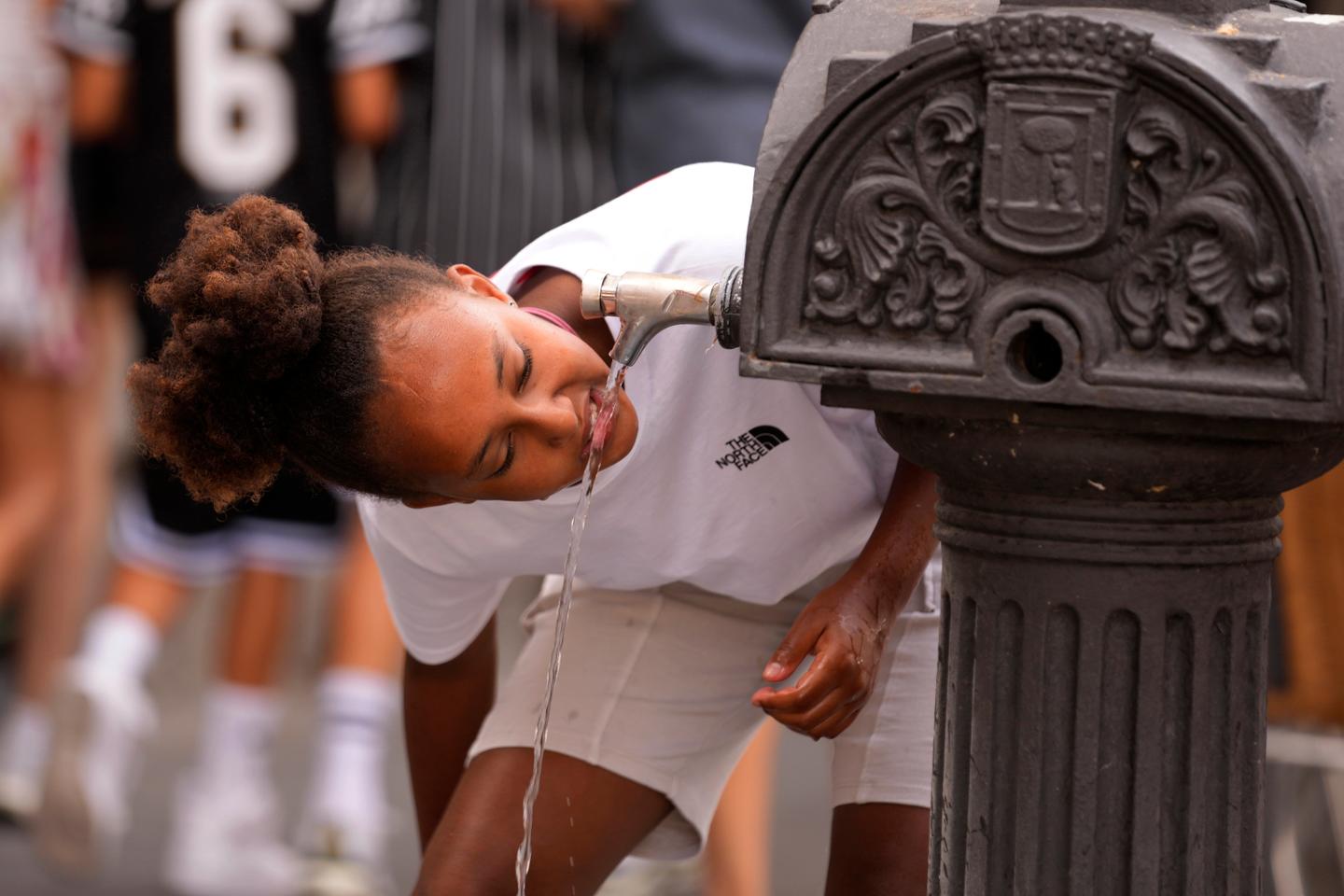


In the large family of per- and polyfluoroalkylated substances (PFAS), trifluoroacetic acid (TFA) has long flown under the radar. Analysis results published on Wednesday, July 10, by the Pesticides Action Network (PAN Europe) should help to raise public awareness about the substance: They reveal the presence of this unregulated "forever chemical," which is therefore not monitored by health authorities, in tap water and mineral waters consumed by Europeans.
This ground-breaking study follows PAN Europe's first measurement campaign, which in late May revealed widespread TFA contamination of waterways throughout the European Union. In all, 55 drinking water samples (36 from tap water and 19 from mineral or spring water) were taken in 11 countries (including France, Germany, Austria, Spain and Belgium) between May and June. Analyses were carried out by the water technology center in Karlsruhe, Baden-Württemberg, an authority in PFAS detection.
The results are just as worrying as those for rivers. TFA was detected in 34 out of 36 tap water samples (94%) and in 12 out of 19 bottled water samples (63%), including one brand sold in France.
"Our study exposes an invisible threat: TFA is massively contaminating drinking water in Europe," remarked PAN network coordinator Salomé Roynel. The TFA found in water is mainly derived from the degradation of pesticides belonging to the PFAS family (around 12% of the active substances in synthetic pesticides authorized in the EU) and fluorinated gases used in cooling systems (refrigerators, air conditioning). Industrial discharges from TFA manufacturers and wastewater treatment plants are other sources of contamination.
Resistant to current treatments
With a concentration of 2,100 nanograms per liter (ng/l), the TFA levels measured in tap water in Paris are among the highest in Europe, four times higher than in Salzburg, Austria, or Potsdam, Germany. Only one sample, taken in Upper Austria, shows a higher level, with a record 4,100 ng/l. The sample analyzed in Paris involves the eastern zone distribution unit, which supplies one third of Paris. Water in this sector is drawn from the Seine, Marne and Vanne rivers before being treated.
The results confirm that TFA is resistant to current treatment systems (activated carbon, ozonation) at wastewater treatment plants: The previous study had revealed TFA levels of around 2,900 ng/l in the Seine. Only the reverse osmosis method would be effective. Unfortunately, this technology consumes a lot of water, uses a lot of energy and is exorbitantly expensive: The Paris region's water authority plans to invest over a billion euros to equip its three plants by 2030.
You have 60.69% of this article left to read. The rest is for subscribers only.
